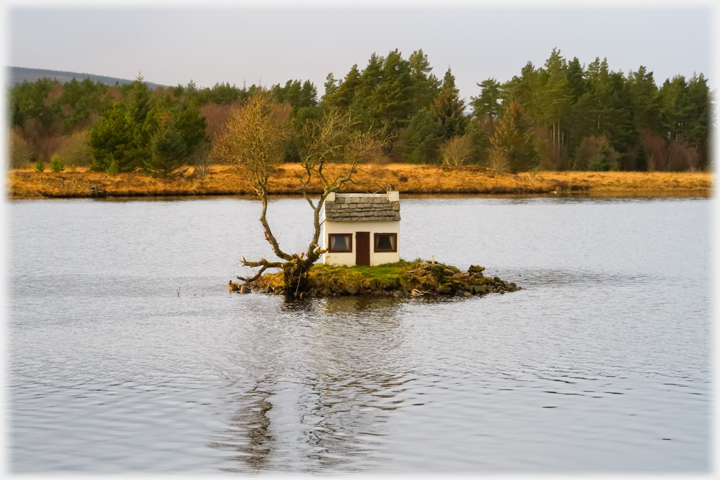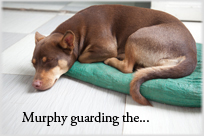
Familiarity
Mr Wordsworth...was to give the charm of novelty to things of every day, and to excite a feeling analogous to the supernatural, by awakening the mind’s attention from the lethargy of custom and directing it to the loveliness and the wonders of the world before us; an inexhaustible treasure, but for which, in consequence of the film of familiarity and selfish solicitude, we have eyes yet see not, ears that hear not, and hearts that neither feel nor understand.
Samuel Taylor Coleridge (1817)

Familiarity is another ambiguous concept...A piece of music I have passively heard and overheard is familiar to the point of having no life; a piece of music practised and struggled with by a musician is familiar to the point of coming alive. One is emptied of meaning by being constantly re-presented; the other is enriched in meaning by being constantly present.
Iain McGilchrist (2009)

Now here is a challenge to a photographer, to find an image that cannot be seen because it is too familiar, it’s just part of my ‘household’ (in Latin ‘familia’). The very act of pointing a camera immediately vitalises its
object.
 An obfuscating word which tries to hide a problem.
A point made by artists in the twentieth century by placing a frame on a wall. Framed, the familiar is propelled into art. McGilchrist hits the nail on the head: familiarity hides profound ambiguities, and he quotes that famous passage from Coleridge’s Biographia Literaria where the poet unites his task of making the supernatural familiar with Wordsworth’s of making the familiar supernatural. The objects around us slide between these realms: our
essence,
An obfuscating word which tries to hide a problem.
A point made by artists in the twentieth century by placing a frame on a wall. Framed, the familiar is propelled into art. McGilchrist hits the nail on the head: familiarity hides profound ambiguities, and he quotes that famous passage from Coleridge’s Biographia Literaria where the poet unites his task of making the supernatural familiar with Wordsworth’s of making the familiar supernatural. The objects around us slide between these realms: our
essence,
 On the two roots of our word 'nature'.
On the two roots of our word 'nature'.
our nature, what we are, but cannot see; versus the supernatural, that which erupts into our worlds, standing starkly
before us.
 That to know something is to come into the light of consciousness.
This subtle magic is what makes the
new possible.
That to know something is to come into the light of consciousness.
This subtle magic is what makes the
new possible.
 How is it that we can come to know anything new?
From what our sensations ‘see’, but our minds do not, comes the new.
How is it that we can come to know anything new?
From what our sensations ‘see’, but our minds do not, comes the new.
The Coleridge quote is from page 169 of the 1956 Everyman edition. McGilchrist is weaving this ancient problem, of how we can ever know anything ‘new’, into his hugely ambitious explanation of all that is, endeavouring to show how the differing functions of the two brain hemispheres offer original handles on traditional problems. The quote is from page 173 of the 2019 paper edition of The Master and his Emissary, Yale University Press.
“The Wee House” is just beside the main road as it passes through Lairg in the Scottish Highlands.
Above, hovering on blue introduces a link: click to go, move away to stay.

Saturday 30th September 2023
 ...guide to this site
...guide to this site